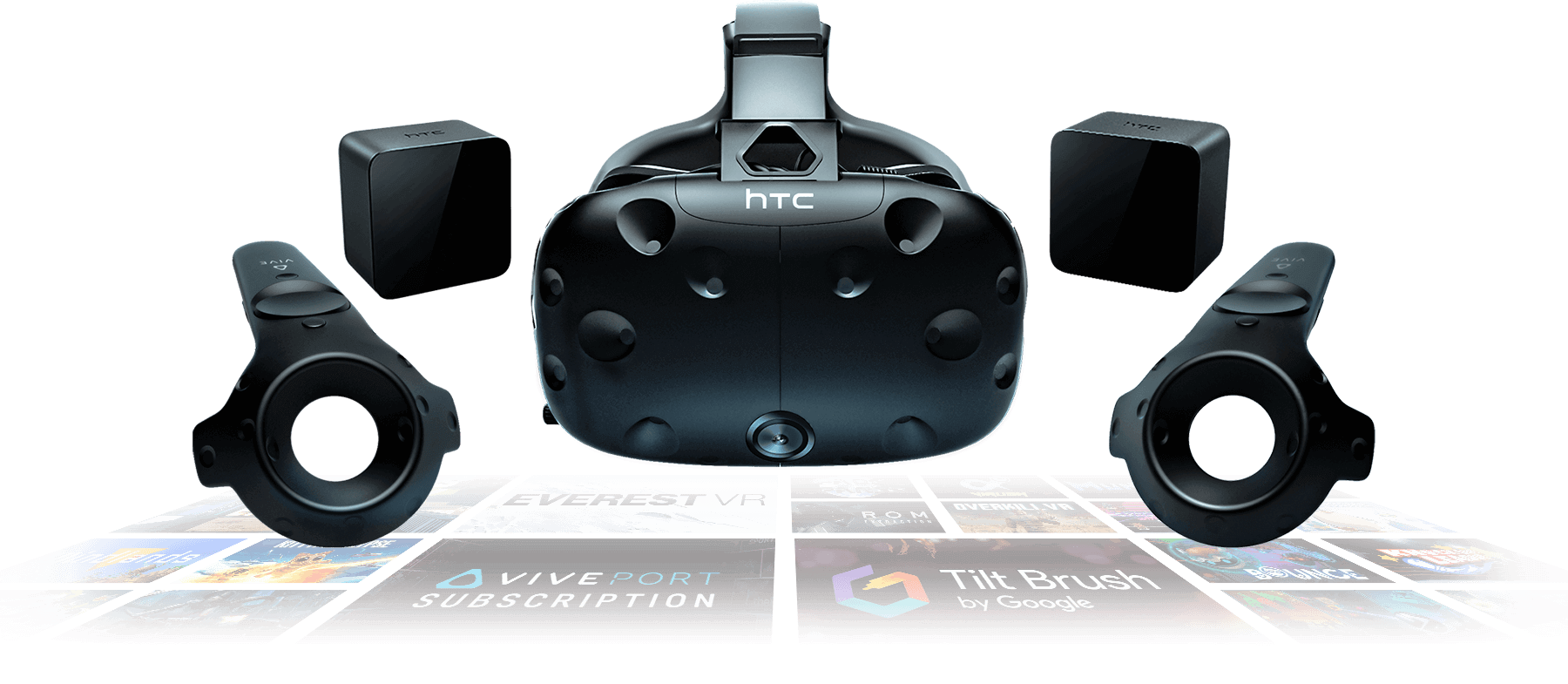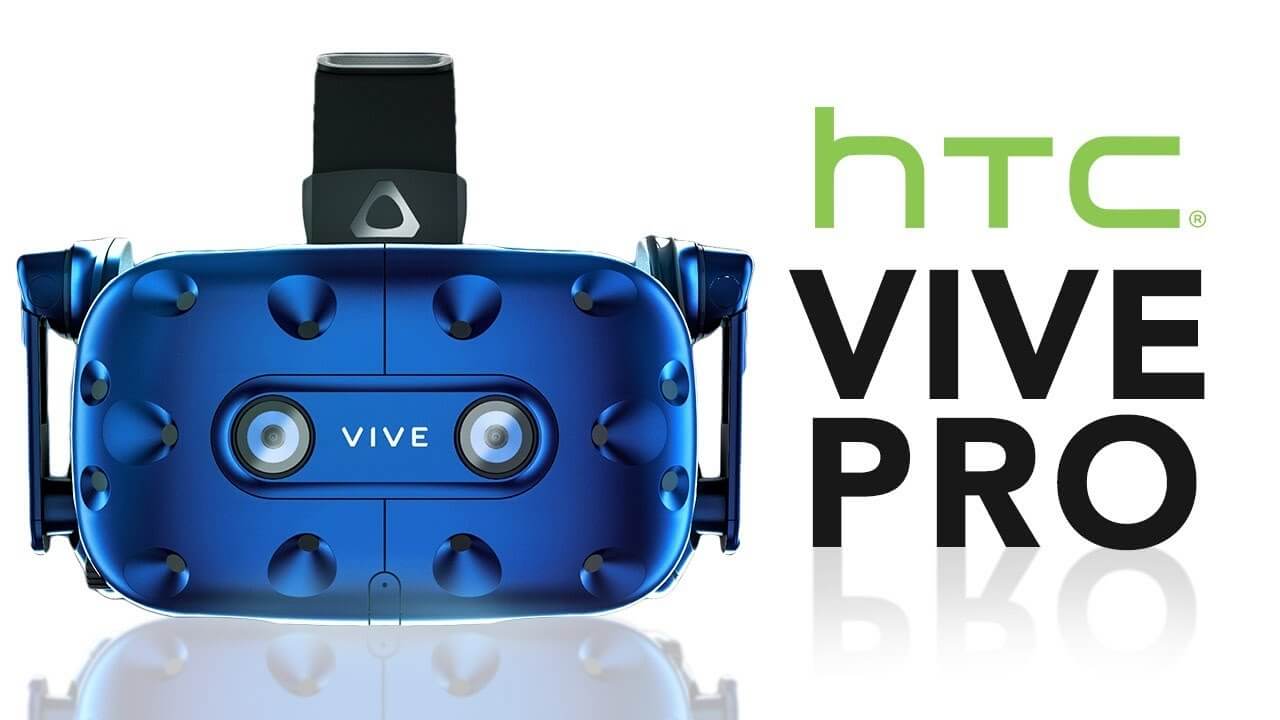Past, Present, and Future of HTC Vive Headset
The HTC Vive is a virtual reality headset co-developed by HTC and Valve. The headset sets apart from current VR headsets on the market with ability to allow user to move around in the virtual world. This technology is known as room scale tracking. Chief Content Officer for HTC Vive, Phil Chen, said that he accidentally stumbled upon virtual reality. The project eventually turned out to be serendipity.
HTC first unveiled Vive during the March 2015 Mobile World Congress. Developer kits were shipped during summer that year. The first consumer model was released on April 5th 2016, with starting price at $799. A business edition was later released for $1,200. The bundle includes professional use license, annual warranty, access to exclusive customer support, cable extension kit, and a deluxe audio strap.

Image credit: HTC
HTC Vive Specifications
The Vive controllers has multiple input methods. This includes track pad, grip buttons, and a dual-stage tripper that can be used up to 6 hours per charge. There are 24 sensors incorporated to detect the base stations to determine location of the controller. While Steam VR tracking system is utilized to provide real time 360 degrees data.
The Vive base stations (AKA Lighthouse Tracking System) are two black boxes that provides immersive virtual space up to 15 x 15 foot radius. The base stations emit infrared pulses at 60x per second. The data is then analyzed with sub-millimeter precision.
A motion tracking Vive Tracker can be attached to physical objects, so it can be tracked by the Lighthouse system. The tracker is sold as a standalone product, also in bundle with compatible games.
During early summer of 2017, HTC released a deluxe audio strap that added over-ear headphone. The overall comfort was improved through better weight distribution.
The device features display resolution of 2160 x 1200 (1080 x 1200 per eye). The headset has a refresh rate of 90HZ and 110 degree field of view. As a safety feature, a front facing camera enables user to see their physical surrounding environment. They can do without the need to remove the headset. The software also allow the camera to identify objects in a room, which safely guides user from obstacles or walls in the real world.
In November 2016, HTC announced an untethered VR upgrade made by TPCAST, priced at $249.

Image credit: HTC
HTC Vive Pro
In January 2018, HTC announced an upgrade model known as HTC Vive Pro. The wireless headset features high-resolution displays at 1400 x 1600 resolution per eye (2880 x 1600 pixels combined). The Vive Pro contains attachable headphones, 2 front facing cameras, and microphone for noise cancelation analysis. The overall design is also more balanced and lightweight. The Vive Pro utilized USB-C connectors rather than USB-A.
In February 2018, developers are beginning to receive their developer’s kit. However, it is rumored that Vive Pro will target the Prosumer market and will be more expensive than the consumer Vive.
See Vive Pro hands on review here
